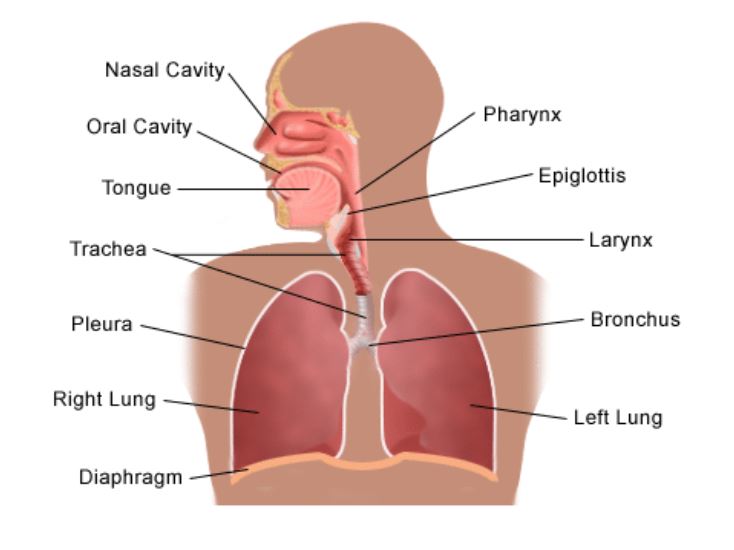pleural biopsy
Download and print as a PDF
DownloadWhat is a pleural biopsy?
A pleural biopsy is a procedure to remove a sample of the tissue lining the inside of the chest wall to check for disease or infection.

Who will be doing the procedure and where?
The procedure will be carried out by a qualified doctor with a suitable level of experience. Because this is a Teaching Hospital, the doctor performing the procedure may be supervised by a senior doctor.
The procedure will take place in the procedure room in the Acute Medical Unit on Level 5 of the Thomas Kemp Tower at the Royal Sussex County Hospital.
How do I prepare?
You may be asked to have a blood test a few days before you come to hospital.
Please take any normal medicines including painkillers before you come in. If you are on blood thinning treatment such as Warfarin, Clopidogrel or injections your doctor should have arranged for these to be stopped in advance.
You may also eat and drink as normal.
Most patients will be asked to arrive in the morning and be able to leave an hour or two after the procedure.
What happens during the procedure?
You will be asked to make yourself comfortable in the sitting position. The skin at the biopsy site will be cleansed and a local anaesthetic will be injected into the skin and into the pleural membrane. A larger, hollow needle is then inserted through the skin and into the chest cavity. The needle is rotated and as it is taken out, tissue samples are collected. Usually, four to six biopsy samples are taken. When the biopsy needle is inserted you may feel pressure. As the needle is withdrawn you may feel a ‘tugging’ sensation. The procedure usually takes up to 30 minutes.
Will it hurt?
The local anaesthetic will sting at first but it will allow the needle to be inserted without causing too much discomfort.
Are there any risks associated with the procedure?
Having a pleural biopsy is a relatively safe procedure and the chance of having a complication is small. There is a slight chance of the needle puncturing the wall of the lung which
can produce a partial collapse of the lung. For this reason, a chest x-ray is always done after the biopsy. This problem will usually get better on its own but occasionally requires the insertion of a tube to drain air from the lung (chest drain). There is also a small risk of bleeding or infection.
The procedure can cause a fall in blood pressure. Cutting the pleural membrane stimulates the nerves, which reflex and cause a transient reduction in blood pressure.
What happens afterwards?
The biopsy site will then be bandaged and sometimes a stitch is required to close the site.
After the biopsy you can eat and drink normally and you should be able to resume normal activities, including light work after 24 hours.
The tissue removed during the procedure will be examined and your results will be discussed by the Respiratory Team, which will then be discussed with you in an outpatient appointment.
Useful contact numbers and Website
Acute Medical Unit: 01273 696955 , extension 3435.
Respiratory Secretaries: 01273 696955, extension 3106/3107.
District Nurses: 01273 885000.
Website: www.patient.co.uk
This information is intended for patients receiving care in Brighton & Hove or Haywards Heath.
The information here is for guidance purposes only and is in no way intended to replace professional clinical advice by a qualified practitioner.
Review Date: November 2022


